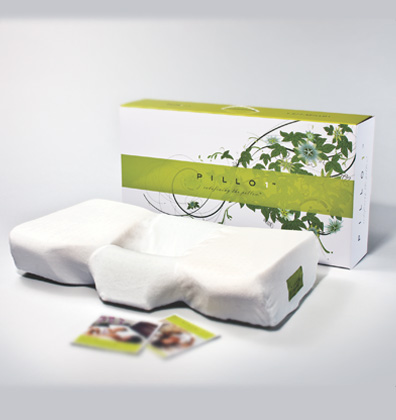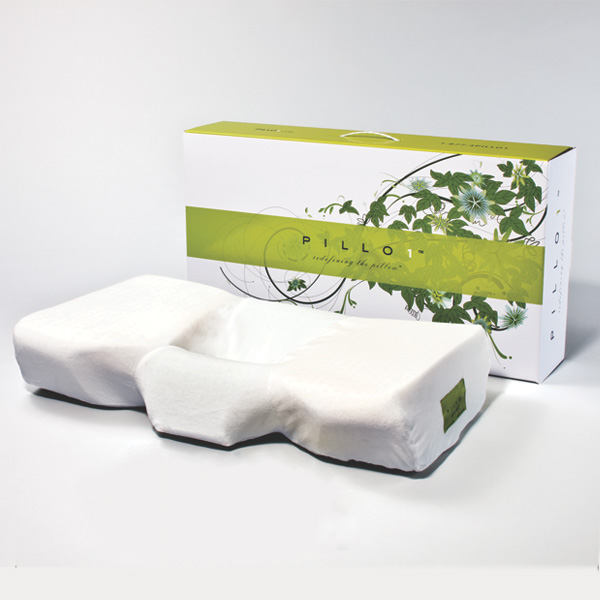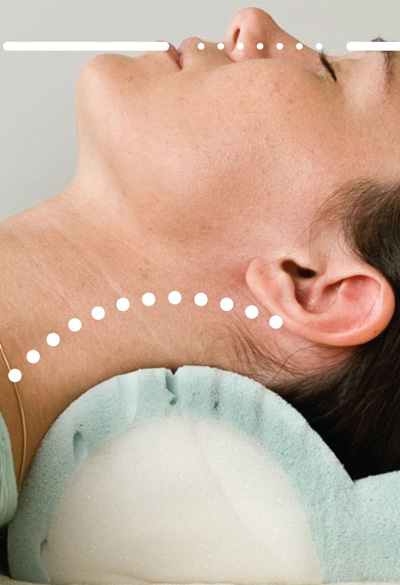No products in the cart.

THE EVOLUTION OF PILLOWS
Did you know the earliest pillows made 9,000 years ago were made of STONE? Throughout time, pillows have varied in style and function – from inviting spirits into dreams to preventing bed-head.
PACK YOUR PILLOW FOR THE AFTERLIFE:
Ancient Egyptians propped their necks up on stone pillars to stop bugs form crawling into their ears, mouths and noses. Were the ancient Egyptians on to something in supporting the neck?
Neck-rests accompanied Egyptians into the afterlife too! Tutankhamen’s tomb contained eight fanciful neck-rests of turquoise glass, ivory and faience. The delicate material indicates that these weren’t for actual use, likely put in the tomb for ritual purposes.
PILLOW FENG SHUI:
Ancient Asian cultures also used hard block pillows, believing that soft pillows stole your chi/energy while you slept. They elaborately decorated their precious stone, ceramic and porcelain pillows. Why porcelain? A 1591 Chinese style guide explained that, “Porcelain may be used to make pillows… It has power to brighten the eyes and benefit the pupils”.
DON’T MESS WITH THE HAIR :
Japanese geisha balanced their necks on hard pillows to protect their fancy hairstyles. Geisha hairstyling was time-consuming and expensive. In boot-camp like training, geisha-trainees learned not to let their locks touch the floor while sleeping. Geisha house mothers spread sticky wet rice on the floor around the trainee’s pillow. The rice adhered like glue if the head touched the floor.
PILLOW TALK WITH THE DEAD:
Similarly, in Africa, individuals used wooden supports at night to preserve their ornate beaded hairstyles for weeks or even months at a time. In African cultures, headrests played a spiritual role as well, connecting you to your ancestors and inviting spirits into your dreams.
PILLOW REVOLUTION:
In Europe during the Middle Ages, pillows were viewed as a status symbol and sign of weakness, thus men rarely used them. King Henry VIII banned pillow use for everyone except pregnant women.
Soft pillows weren’t popular in Europe until the Industrial Revolution, when textile companies began mass-producing them. In 1897, Sears, Roebuck & Co offered 63 pillow styles and fillings priced between $0.45 and $6.10 (equivalent to $12 – $165 in today’s dollars).
STILL EVOLVING:
Turns out, what we think of as a “traditional pillow” isn’t all that traditional afterall. A wide variety of designs are available today, but some may pose serious health risks.
Sleeping with dustmites or toxins? Soft feather pillows collect dust-mites and bacteria which exacerbate allergies and asthma. Memory foam pillows often contain toxic materials including carcinogens. Alternatively, PILLO1 cervical pillow is made in the USA with hypoallergenic, non-toxic, dust-mite and mold resistant “Talalay latex” created from natural rubber trees.
Wake up in pain? Dr. Hall invented the PILLO1 cervical pillow with 25 plus years experiences as a pro athlete/celebrity chiropractor. What is a cervical pillow? Read here. Many patients complained of waking up with neck pain, which got Dr. Hall thinking about soft pillows pushing our necks out of natural alignment. PILLO1 cervical pillow has dual neck archs which offer two support options to help you restore your spine’s unique alignment- while you sleep.
Dr. Hall’s PILLO1 cervical pillow design brings the ancient wisdom of neck support with the comfort and technology of the future! Learn more about PILLO1 cervical pillow













